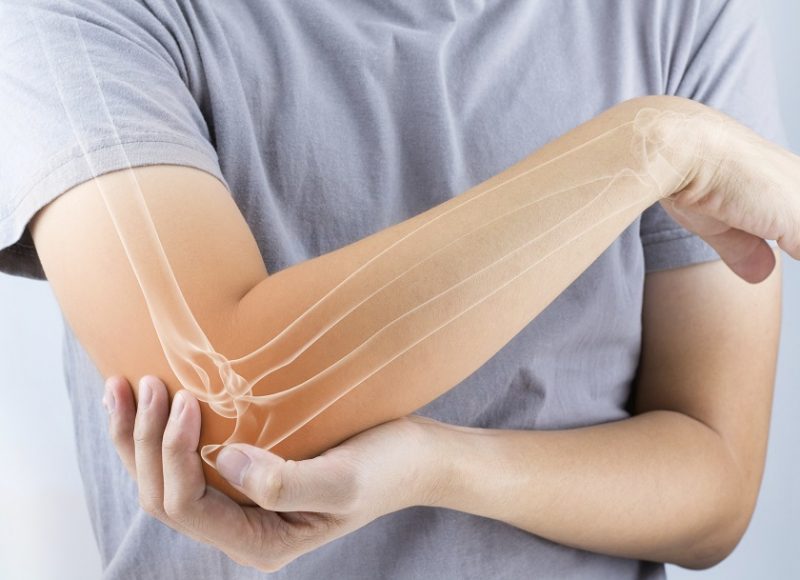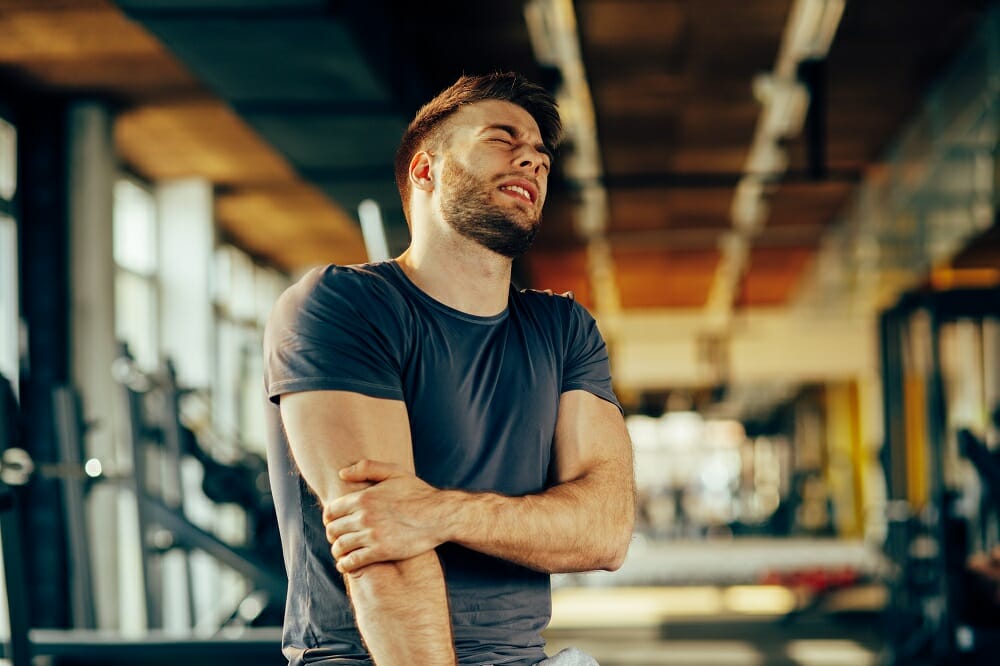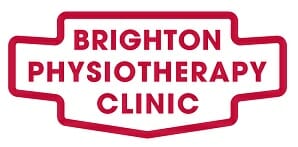Treatment for Lateral Epicondylitis
What is Lateral Epicondylitis?
Also known as tennis elbow, Lateral Epicondylitis is a type of tendinitis that causes pain and tenderness around the outside of the elbow. The tendons are bands of tissue that connect to the bone through the muscles of your lower arm. Grip strength may be weak, and pain might extend to the back of your forearm.
Despite the name, tennis elbow is not limited to tennis players. It is caused by any repetitive gripping activity that requires the use of the first two fingers or thumb. It occurs from overuse of muscles of the back of your forearm. Individuals who play racquet sports such as badminton and tennis are at risk of lateral epicondylitis.

Causes of Lateral Epicondylitis
Lateral Epicondylitis is often caused by damage to a muscle in the forearm. When the elbow is straight, the extensor carpi radialis brevis (ECRB) is the muscle that stabilises the wrist.
A tennis groundstroke is a perfect example. Overuse of the ECRB causes microscopic tears in the tendon where it attaches to the elbow. When you bend or straighten the elbow, you increase the risk of damage to the ECRB. The muscle rubs against bony bumps as the elbow straightens or bends. The risk is not limited to sportsmen and women. Individuals aged 40 and above are also more a risk, alongside those who work jobs that entail repetitive motion.
Diagnosis of Lateral Epicondylitis
Your GP will consider multiple factors during a diagnosis. They will want to know if tennis elbow was caused by your occupation or by recreational sport participation. They will also want to discuss how the symptoms have developed and where the symptoms occur. Inform your GP if you have had past issues of pain in your elbow.
Tests might include asking you to straighten your fingers and wrist against resistance to see if you feel pain. Your GP could also perform an MRI scan, X-ray or order an EMG to rule out nerve compression. A positive test tells the doctor the muscles in your elbow are weak.

Treatment of Lateral Epicondylitis
The first step is to stop or reduce the activity that led to the symptoms. Holding a cold compress against your elbow for 20 to 30 minutes every 3 to 4 hours daily could ease the pain. An elbow strap or brace over the upper forearm protects the injured elbow from further strain.
Your GP could recommend NSAIDs such as naproxen, ibuprofen or aspirin to help with the swelling and pain. These drugs have side effects and should be used sparingly unless otherwise instructed by your doctor. Physical therapy helps to stretch and strengthen the muscles.
